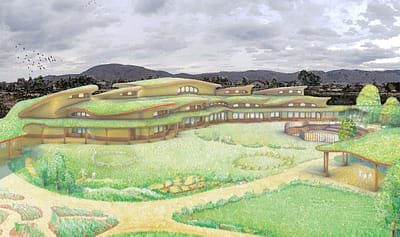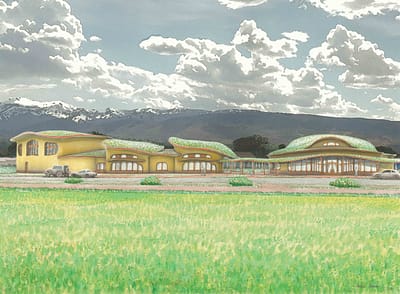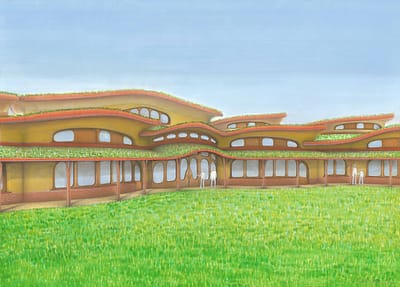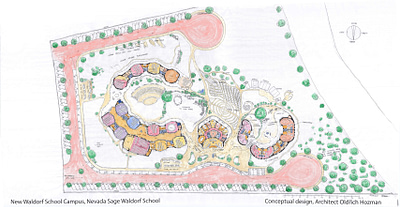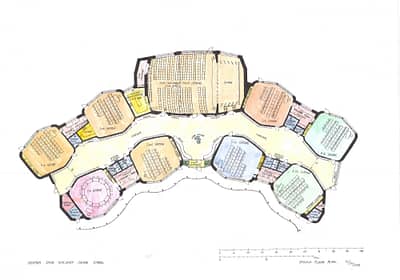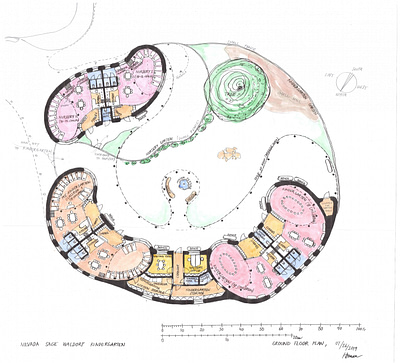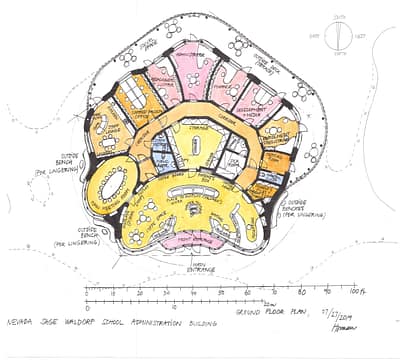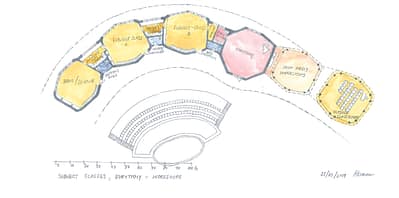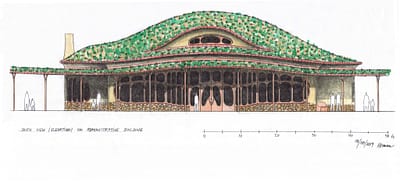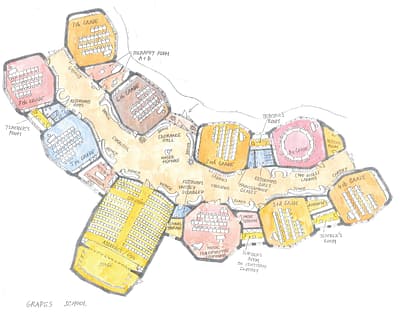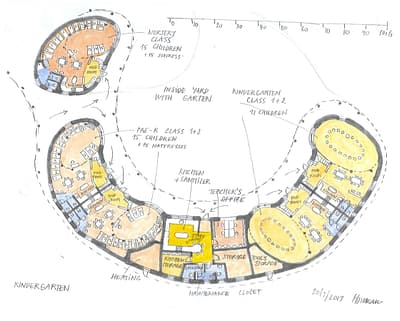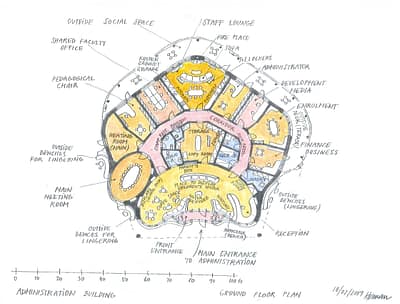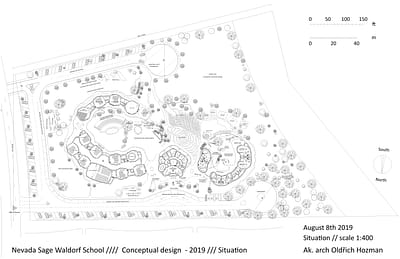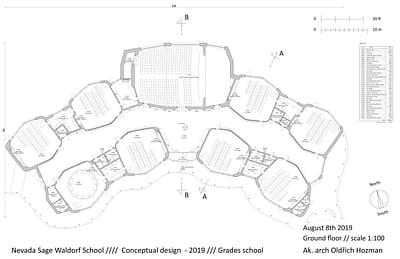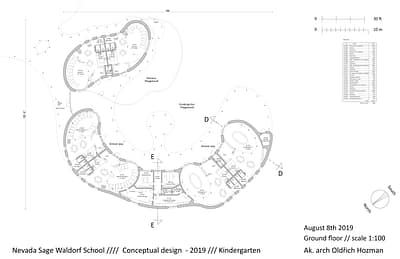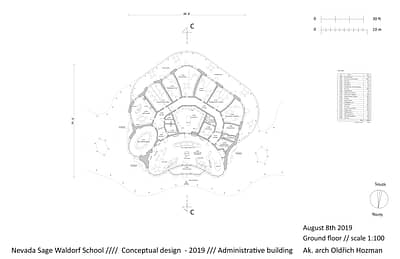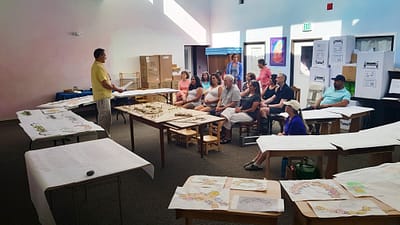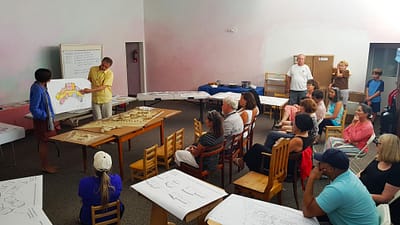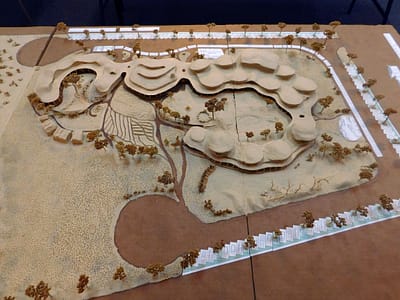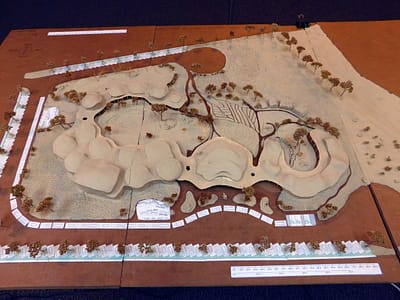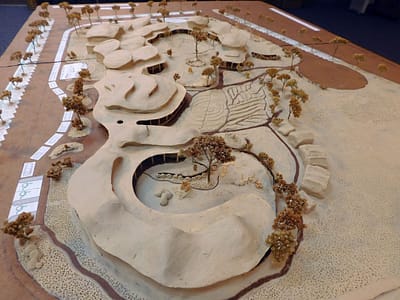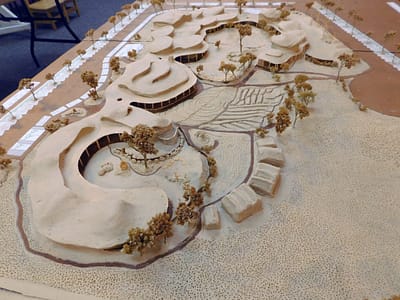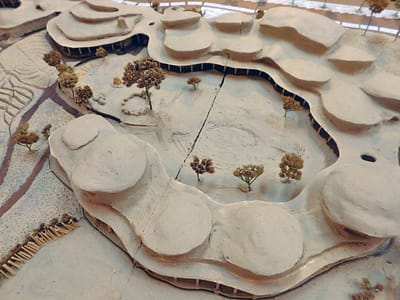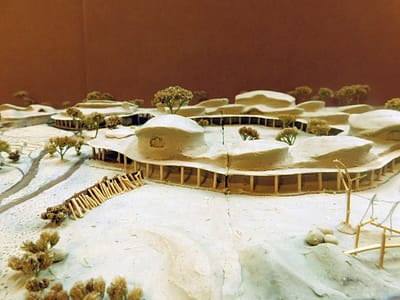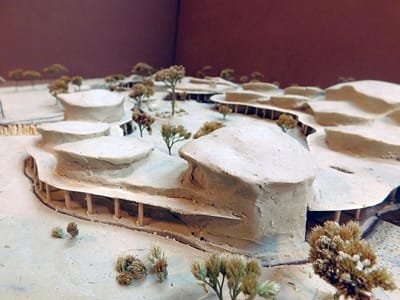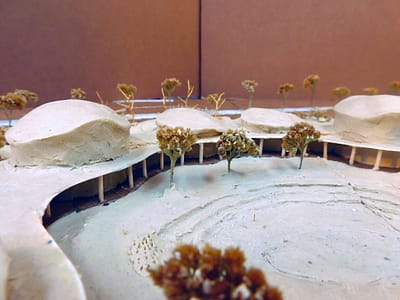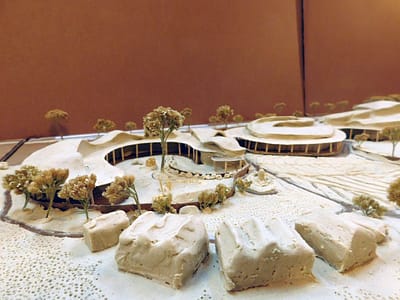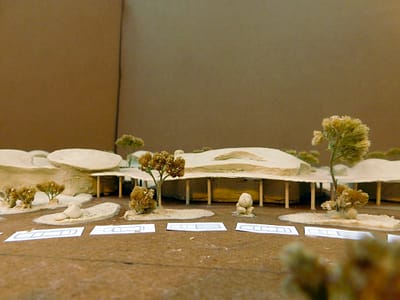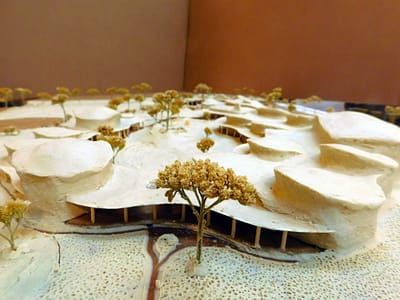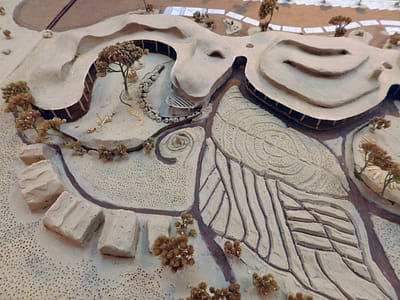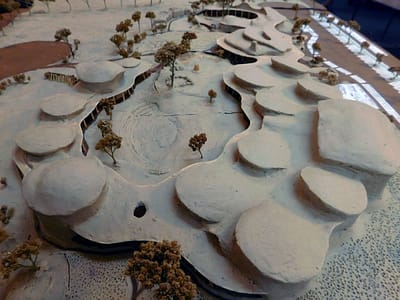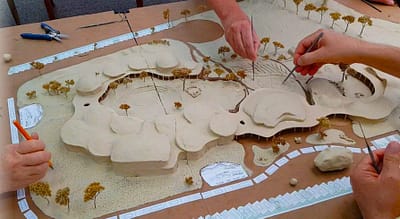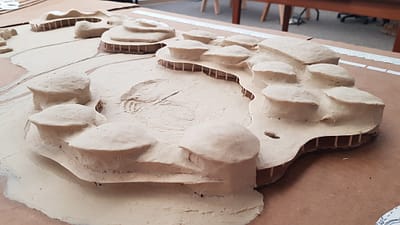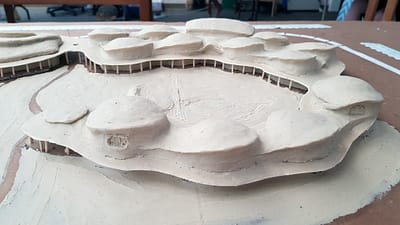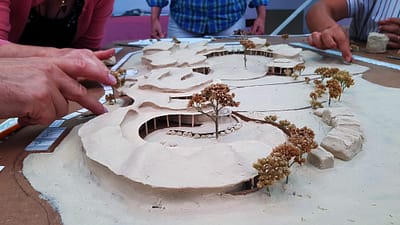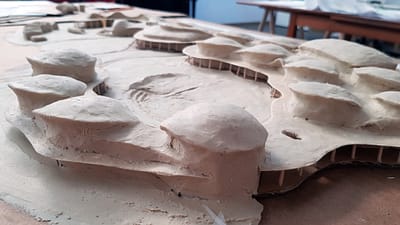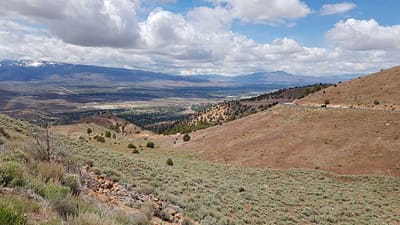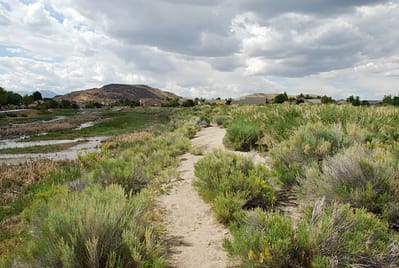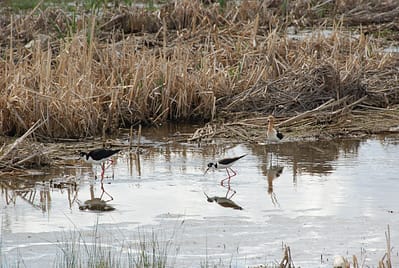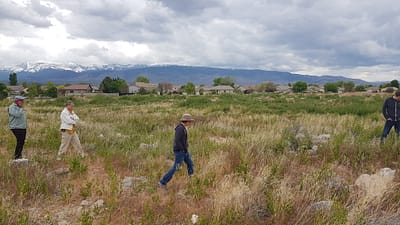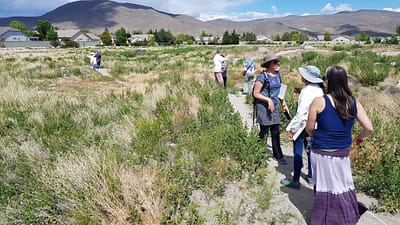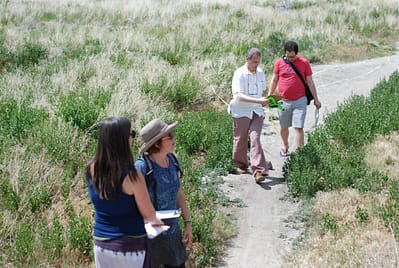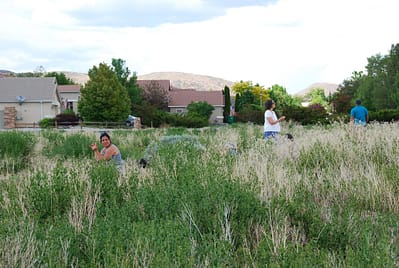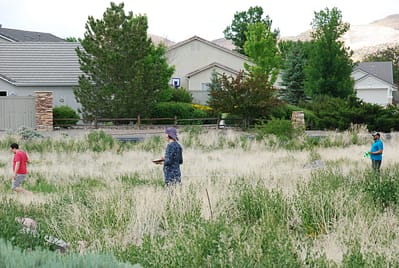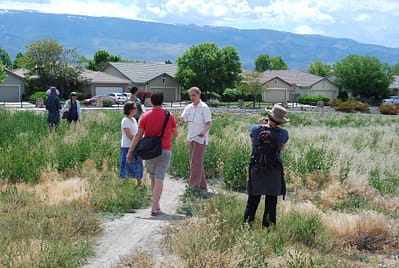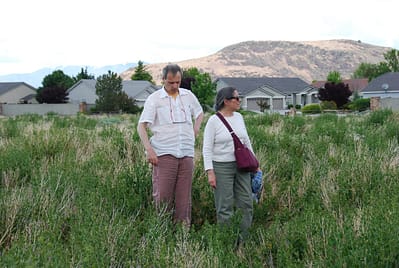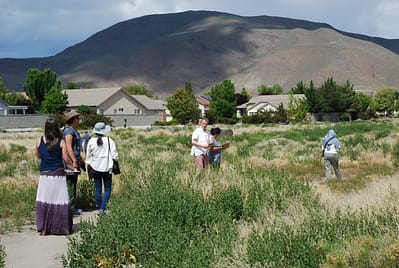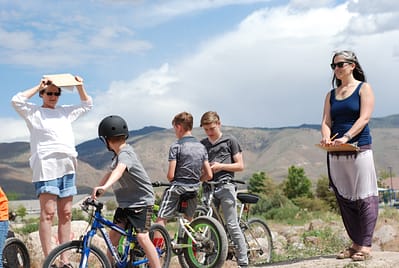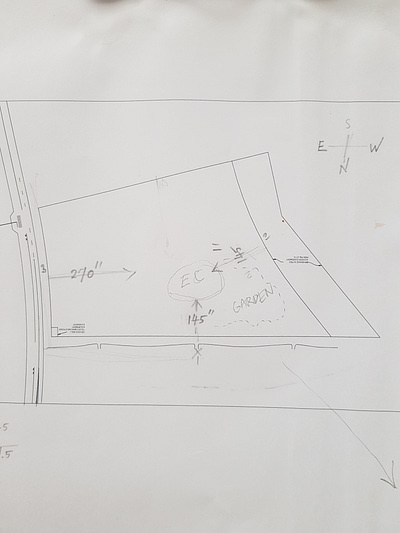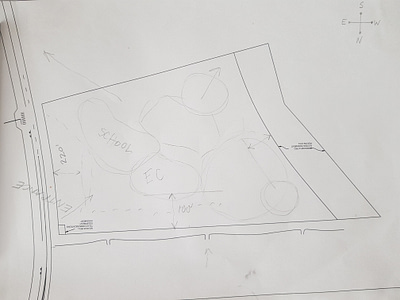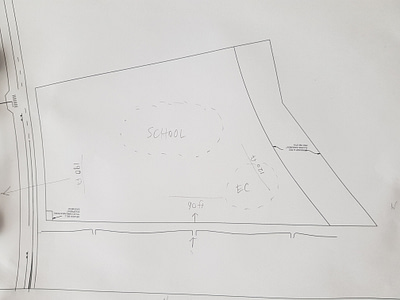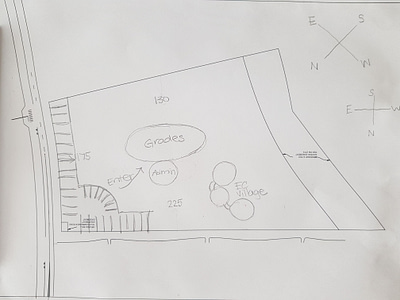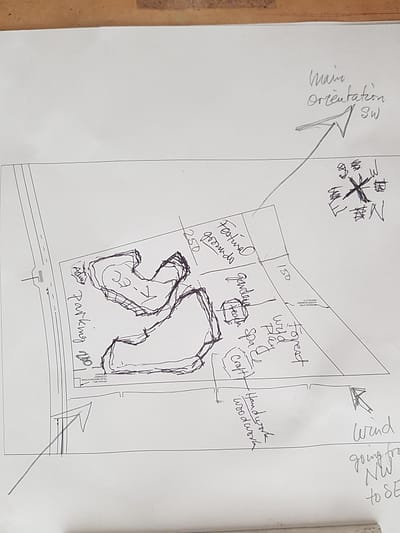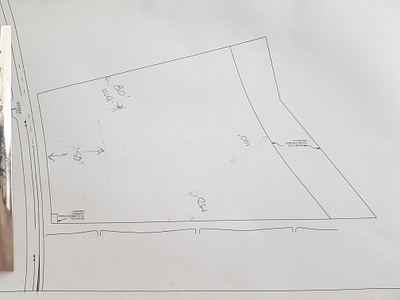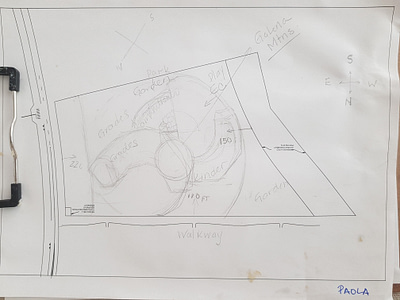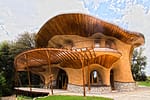Conceptual Design of Waldorf school
Conceptual Design of Waldorf school and Waldorf kindergarten in Reno, Nevada. The study was created in a participative way in close cooperation with school teachers. It is a preparation for a detailed project of the school campus. In the study of the whole campus, school staff verified the scope of the project and confirmed the entry for the next project phase. The aim is to implement the ecological structure of the school area with elements of organic sustainable architecture corresponding to the climatic conditions in Nevada. Direct strong summer sunlight and shorter snowy periods in winter help to shade, for example, roofed passages and roof overruns along buildings for designed structures. Green roof roofs also help to maintain a pleasant indoor temperature. The nature of the overall structure and morphology of buildings is supported by the principles of Waldorf pedagogy. For a more detailed description of the study creation and details, see the accompanying labels for pictures. The images are sorted as a story backward from the completed study to the beginning.
Participative design of the model
Model was created together with teachers and parents during several workshops in May, June, July and August 2019. The architectural design of the Waldorf school and Kindergarten was formed by the method of participative design. Participatory design helped to find answers to the basic questions of the entire layout of the school campus. Joint work on the model ultimately led to a collective consensus over the award. A list of rooms and necessary spaces was created together before the work on the model was started. These were transferred on a specific scale to paper and cut out. With the cut-out rooms, the group moved around the prepared map and created the foundations of the shapes and orientations of buildings. Only then was the work with a ducted plasticel and the model began to emerge spatially. This method of artistically conceived participatory creation allows living organic shapes to occur. Just as the Waldorf pedagogy supports a free manifestation of an individual who consciously reflects his surroundings, participatory work is the expression of the collective spirit of the group. The following images are a story that captures the storyline of the emergence of models against the current time. From the finished model to the beginnings working on several variants of models to searching and preparing list of rooms.
Timelapse video from participative design of the model
Observing on the property
Before participatory work on the model and before starting work on the architectural study, the plot was carefully examined and observed. Together with teachers and parents we perceived the cardinal points and the movement of the sun through the sky. We measured and stepped the land. Everyone drew on their map where they would place the start of the buildings from the boundary of the plot. We also modeled the shapes and reliefs of the surrounding mountains visible around the horizon. Thus the participants of the collective creation consciously became acquainted with the qualities of the land and its surroundings … so they entered the modeling proces with experience of the land.

